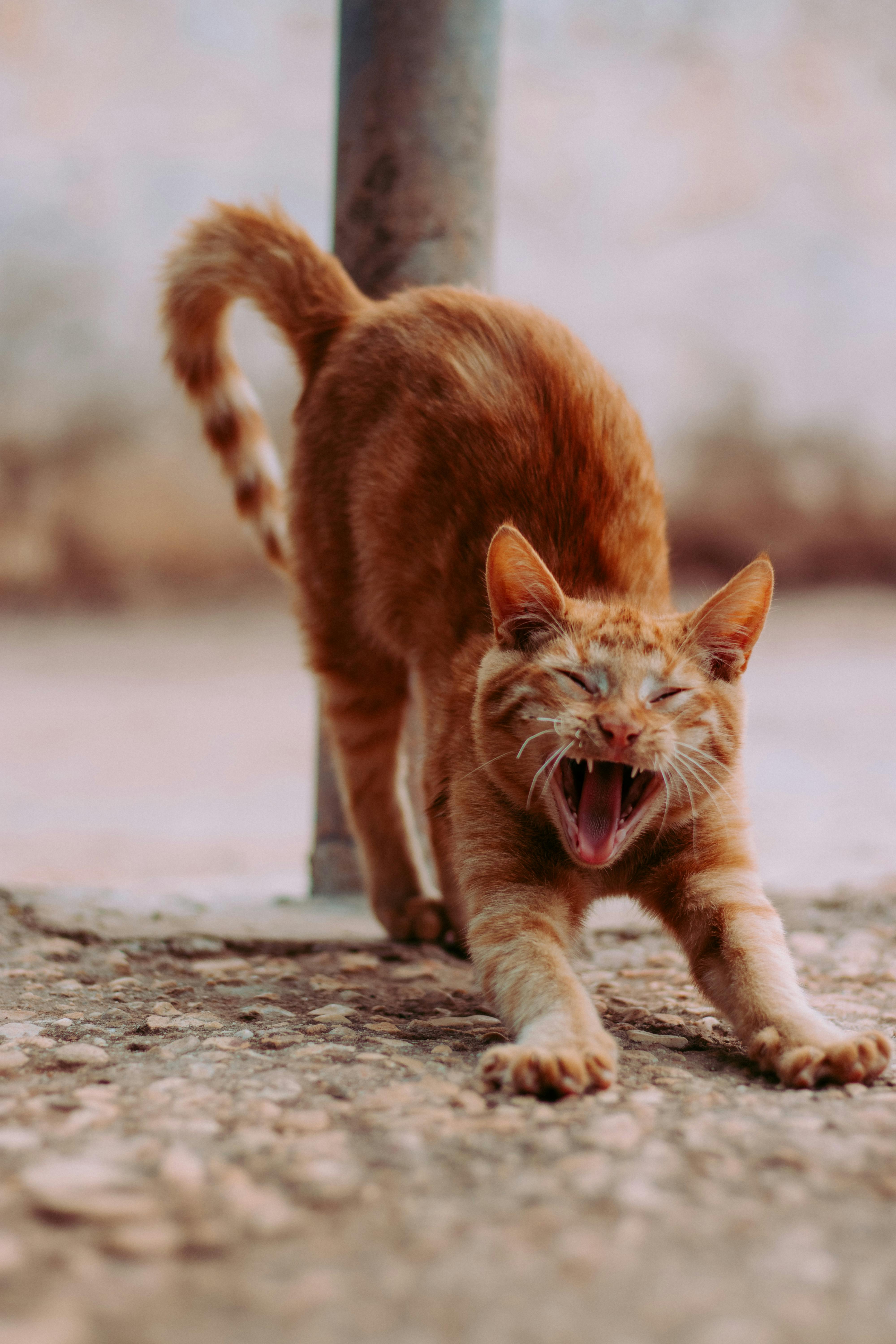The Inner Arts - Unlocked

Auxetic Pandiculation
In my journey with movement I have had periods where everything just seemed to work well. And other times where I seemed to be trying so hard to make it work that all I met was resistance and frustration.
I knew that the times when things worked well was not random; that there were specific principles underpinning the experience.
So I studied, practiced and contemplated until I got what they were on a body-mind-level.
One of the most important principles I discovered, and now have consistent access to, is what I’m going to call Auxetic Pandiculation.
Auxetic Pandiculation promotes relaxation and integration of facial tissue, fostering a unified experience of the body-mind.
I believe that not having awareness of this principle is one of the roots of pain, suffering, burnout and inconsistency in habits and practice.
What do these fancy words mean?
Auxesis is simply cell growth without cell division. In the context of pandiculation it can be felt as an expansive feeling in the tissues of the body. Pandiculation is simply stretching and yawning. But when the two ideas come together they create an experience and environment conducive to relaxing and unifying the whole body.
When we yawn we naturally expand from within; the diaphragm, throat and jaw, opens and expands.
If you want to see auxetic pandiculation in action, watch a cat stretch upon awakening. They aren’t just lengthening muscles, they are expanding from within!
Every joint and muscle is involved - from their jaws to the tips of their tails. If you don’t feel that when you stretch, I’m here to tell you that you can - with practice.
Who’s in control?
This natural phenomena can be invited and encouraged, but it cannot be forced. There is a rhythm to pandiculation, to which the will must surrender.
Bracing and controlling bodily movements is a major contributor to pain, struggle and frustration. Allowing the principle of auxetic pandiculation to flourish in the body is the key to reversing bracing and control patterns, and the awakening of the body’s natural healing capacity and intrinsic power.
We can begin to develop a relationship to this principle through yawning. Again, we can’t force yawns, but we can invite them. The more we practice, the more we open up the pathways for deeper and more rhythmic yawning and pandiculating.
Strength vs power
Many of us turn to corrective exercise or strength training to get strong, but overlook the power that comes from having a unified body-experience. True power comes from having the whole body working in unison, not from having big muscles. We can have big muscles, but if we have a weakness deep on one of our joints or in a tendon or other tissue, that strength is only as strong as our weakest link.
Stretching vs pandiculation
Conventional stretching seeks to lengthen muscles and tissues, whereas the auxetic properties of pandiculation stretch us from within. Oxytocin, a hormone associated with feelings of relaxation and well-being, is released and the nervous system calms down. There is a sense of correctness and nourishment in the cells of the body.
This “inwards-to-outwards” orientation facilitates resilience, suppleness and efficient and effortless movement.
Surrendering the will to the principle of auxetic pandiculation gives rise to intuitive movement and enables us to explore the boundaries of limiting movement patterns in the body. It cultivates an intrinsic power that pumps feeling-awareness through blockages in the tissues of the body; opening the body-mind to new possibilities in movement and awareness - adapting us to a more open, full and expansive orientation to life.
The key that unlocks the internal arts?
It’s my belief that many of the ancient practices still alive today, like qi gong, assana and pranayama (Yoga), were built on this principle. And those that master them intuit a relationship with it. But when we become overly fixated on form (the outer shapes we make with our body) over the inner expansive feeling of auxetic pandiculation we miss the essence the practice was created to give us an experience of - the practice essentially loses its spirit.
Far-reaching implications
I am far from having mastered this principle, but, knowing it as I do gives me the confidence to know on a deep level that I have a sustainable movement practice for life. Alignment to this principle is what gives meaning and depth to my practice.
With it I can approach any discipline, from taiji, qi gong and yoga, to strength training, mobility and calisthenics, to breathwork, pranayama and meditation in a deep, profound and impactful way. I need very little in the way of external guidance or feedback, because the internal experience itself guides me towards correctness in my form.
Happy pandiculating!
By understanding and harnessing the auxetic properties of pandiculation, we can develop a more resilient, efficient and nourishing movement practice - ultimately leading to improved overall well-being, functional integrity and a sense of wholeness.
Next time you begin your movement practice intend to get what’s been shared here. Your relationship to movement will never be the same.
Enjoy, Gus
